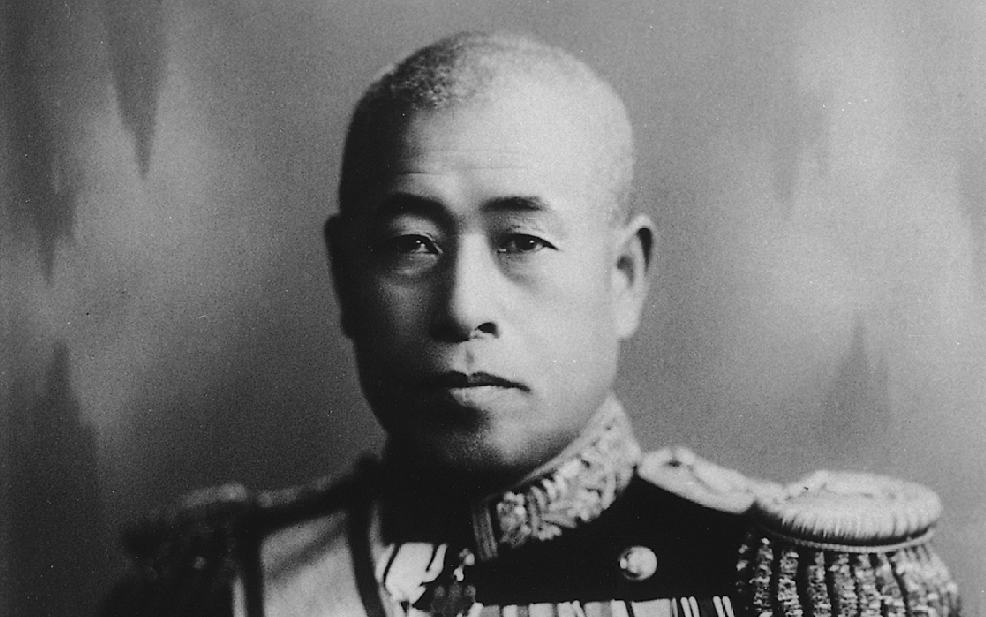Admiral Yamamoto Isoroku was many things. He was a hero of the Russo-Japanese War who served in the epic naval engagement at Tsushima. And from then on, the women he paid to do his nails referred to him as “Eighty Sen” because ten sen was the standard rate per finger, and Yamamoto had lost two in the battle. He was a student of calligraphy in his spare time. As an admiral in the Imperial Japanese Navy, he was innovative, advocating for the navy to move away from battleships and toward aircraft carriers. But most of all, Yamamoto Isoroku was a gambler.
Poker, Go, shogi, pool, or mahjong, it didn’t matter. There was little Yamamoto loved more than a game of chance. He even used to joke that one day he’d retire and open a casino in Monaco. And he had the quality every gambler needs if they want to keep playing: he was good at it. He frequently neglected to cash the checks from the people he’d beaten at cards so they would have the money to keep playing. Of course, a good gambler knows when to hold back their chips. And Yamamoto was often the cooler head in the Japanese high command.

Most of all, he opposed doing anything that might draw the United States into a war. It was an unpopular position in a country that was gripped with nationalism. Right-wing nationalists sent Yamamoto death threats in response. In a letter to one of these nationalists, Yamamoto laid out why he opposed a war. “Should hostilities once break out between Japan and the United States, it is not enough that we take Guam and the Philippines,” he warned. “…To make victory certain, we would have to march to Washington and dictate the terms of peace in the White House… I wonder if our politicians are prepared to make the necessary sacrifices.”
Most importantly, Yamamoto understood the massive industrial power of the U.S. and its limitless resources. Japan, by comparison, was lacking almost everything they needed to go to war. Japan needed steel, oil, and rubber. Unfortunately, the search for those resources would soon drag Japan into the war Yamamoto had always warned against. Japan invaded China in 1937. From there, the overall strategy demanded that Japan attack the colonial European holdings in South East Asia. The Japanese assumed that this would inevitably draw the United States into the war. For years, they’d planned for this eventuality.

Originally, Japanese naval doctrine called for whittling down the US Navy in the Pacific before it reached the Home Islands. Yamamoto had another idea. He realized that if they tried to destroy the U.S. fleet bit by bit, the Americans could just replace them with their powerful industrial base. Instead, he would cripple the entire U.S. Pacific Fleet in one blow by attacking them at Pearl Harbor. At the same time, Japanese infantry would seize important island positions in the Pacific to expand their navy’s and airforce’s reach and block off the Americans. This would give the Japanese time to consolidate their control of the Pacific. Yamamoto was going to stake everything on a single throw of the dice.

